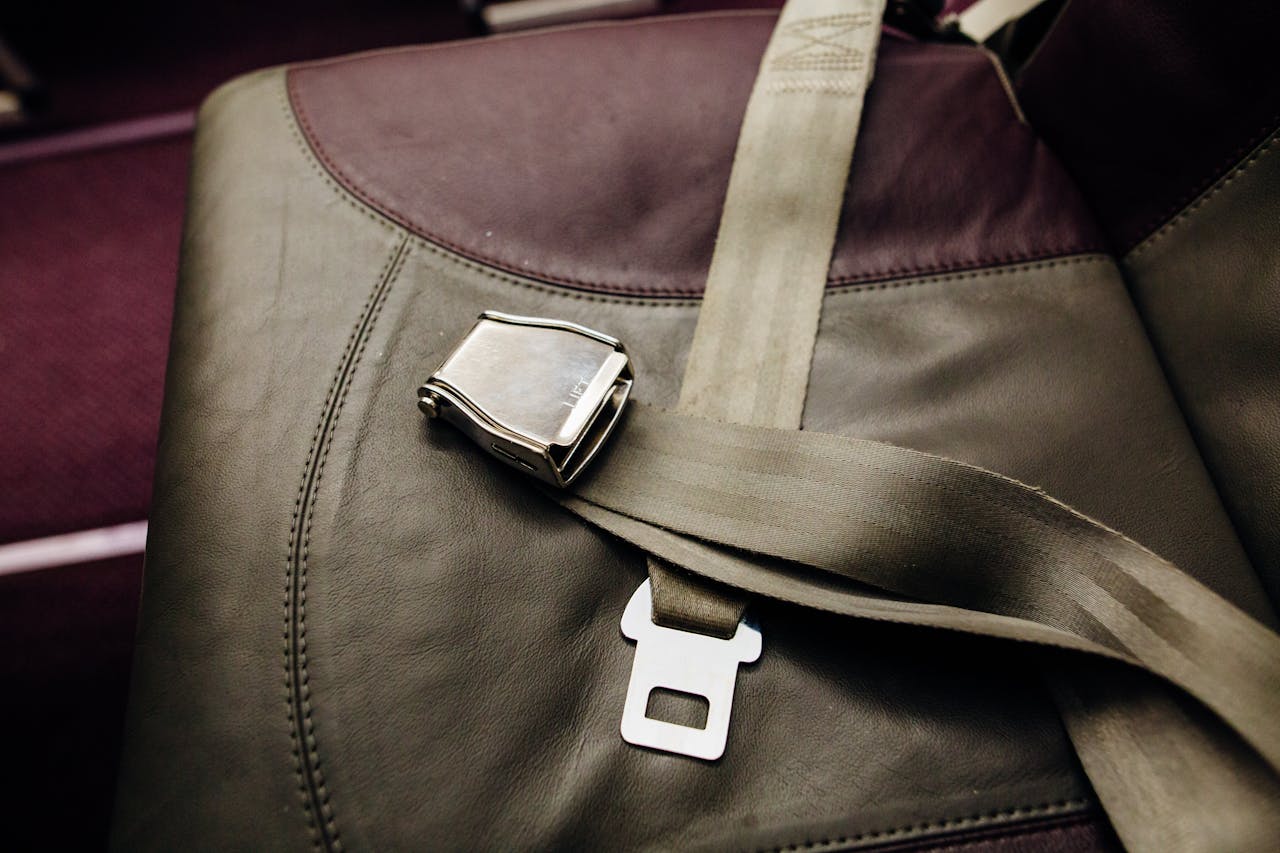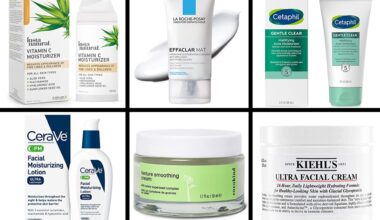American roads carry rules that sound petty until a patrol car proves they still count. Many began as small safety fixes, then stayed on the books because enforcement was simple and the harm, once, was real. Others clash with modern tech, yet the code has not caught up. What this really means is a clean car and careful driving can still earn lights in the mirror over a tiny detail. The entries below are lawful, odd, and occasionally costly.
Dangling Air Fresheners Count As Obstructions

That pine tree on a string can be treated as a blocked view if it hangs from the mirror. The idea targets anything that interrupts a clear windshield, from rosaries to event passes, and it gives officers a legal reason to stop a car before asking bigger questions. Some states call it a primary offense, others a secondary one, but the risk is the same. A two inch charm becomes the first chapter of a long roadside chat.
Wipers On, Headlights On
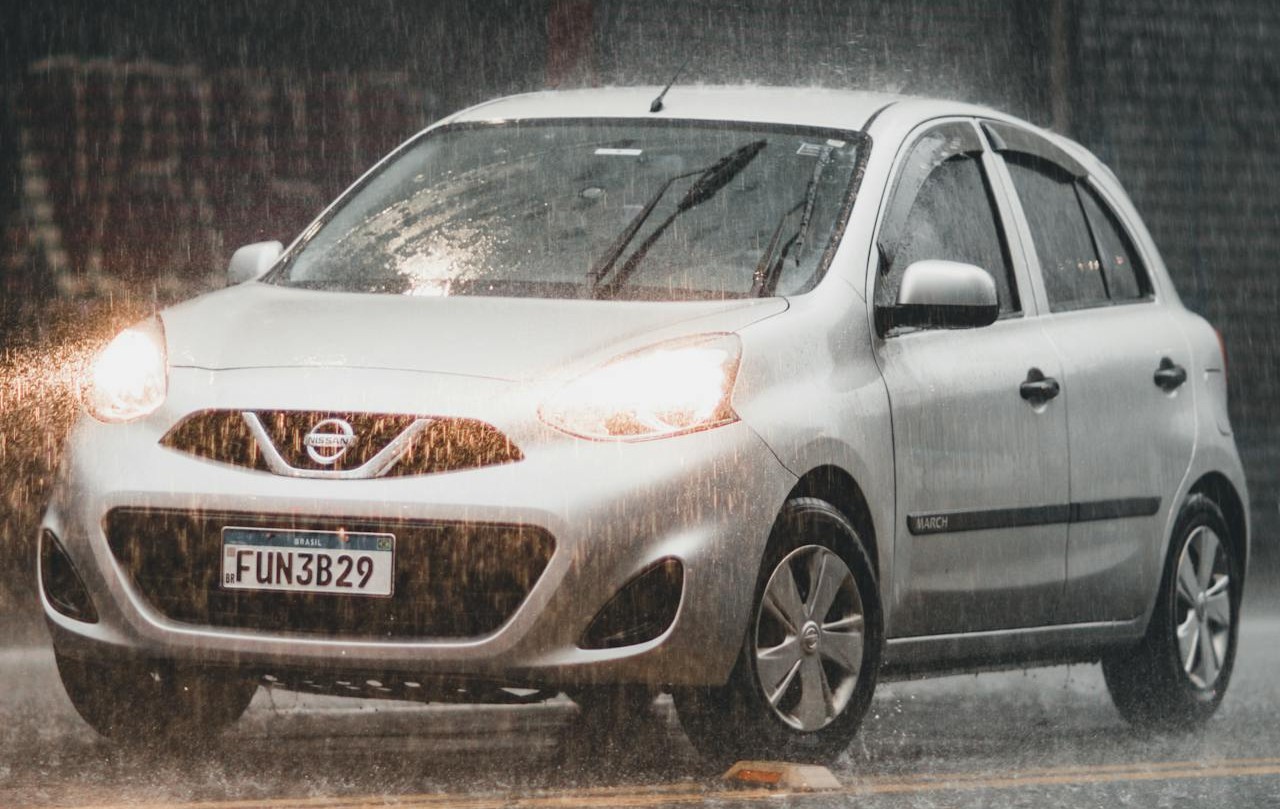
When rain hits and wipers swipe, headlights must follow, even at noon. Wet pavement flattens contrast, and spray hides taillights long before dark arrives. Automatic lamps can fail under gray skies, leaving cars ghosting down the right lane with no rear lights at all. Enforcement spikes during storms when visibility quietly collapses and drivers insist it looks bright enough. It rarely is. A small switch and a bigger fine both prove the point.
Left Lane Is For Passing Only
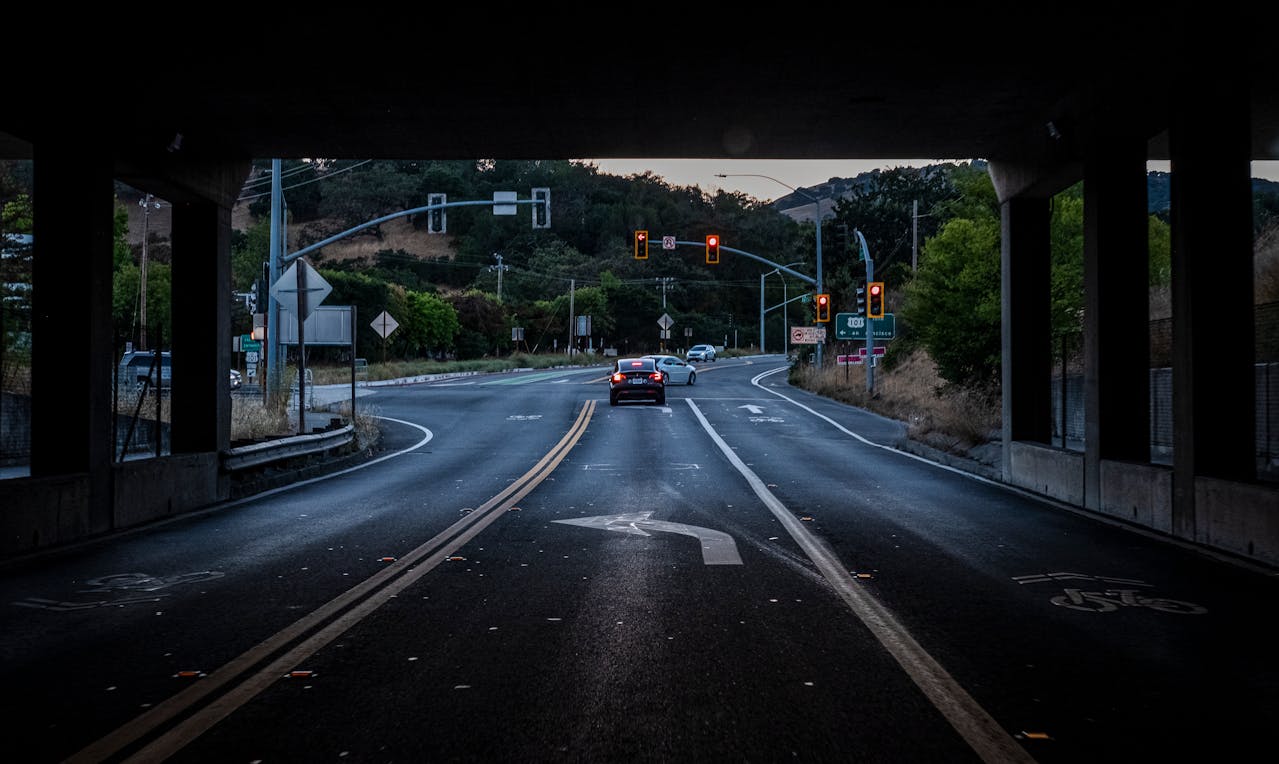
Cruising at the posted limit in the fast lane feels righteous until a ticket says otherwise. Many states reserve that lane for passing only to stop rolling roadblocks and brake check chains. The rule values flow over pride and asks drivers to pass, return right, and let traffic breathe. Staying planted becomes the infraction, not the number on the dash. It reads petty until a single mover clears a mile of tension behind.
Headphones Ban Covers Both Ears
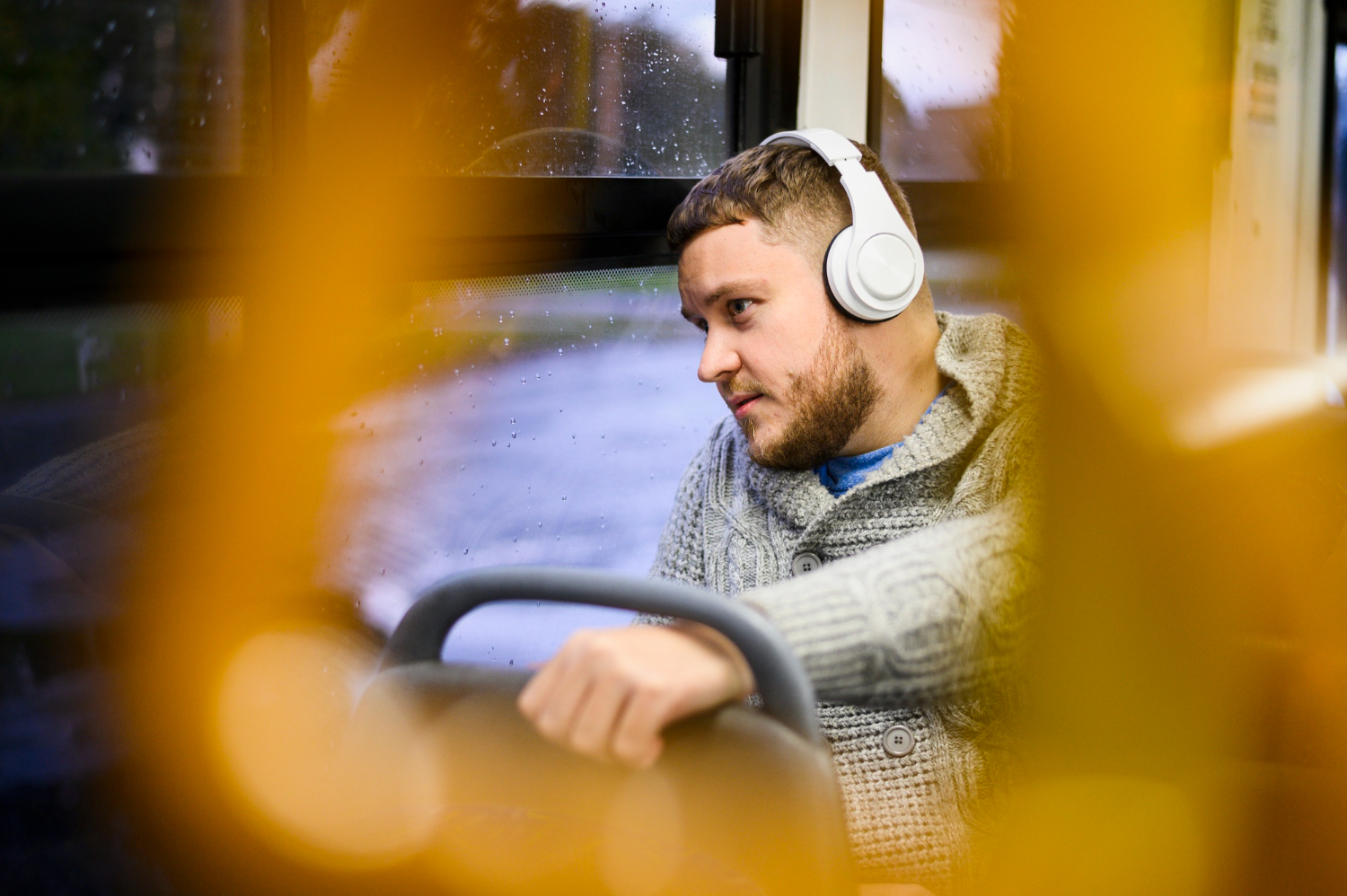
Full ear coverage can be cited even in cars with quiet cabins and crisp speakers. The logic is awareness of sirens, horns, and bikes that ride in blind spots darker than tinted glass. Some codes allow a single earbud for navigation or calls, while others forbid any in ear devices while in motion. The language sounds dated next to modern noise canceling, yet the ticket lands fresh. Hearing remains part of driving, no matter how sealed the doors feel.
Studded Tires Out Of Season
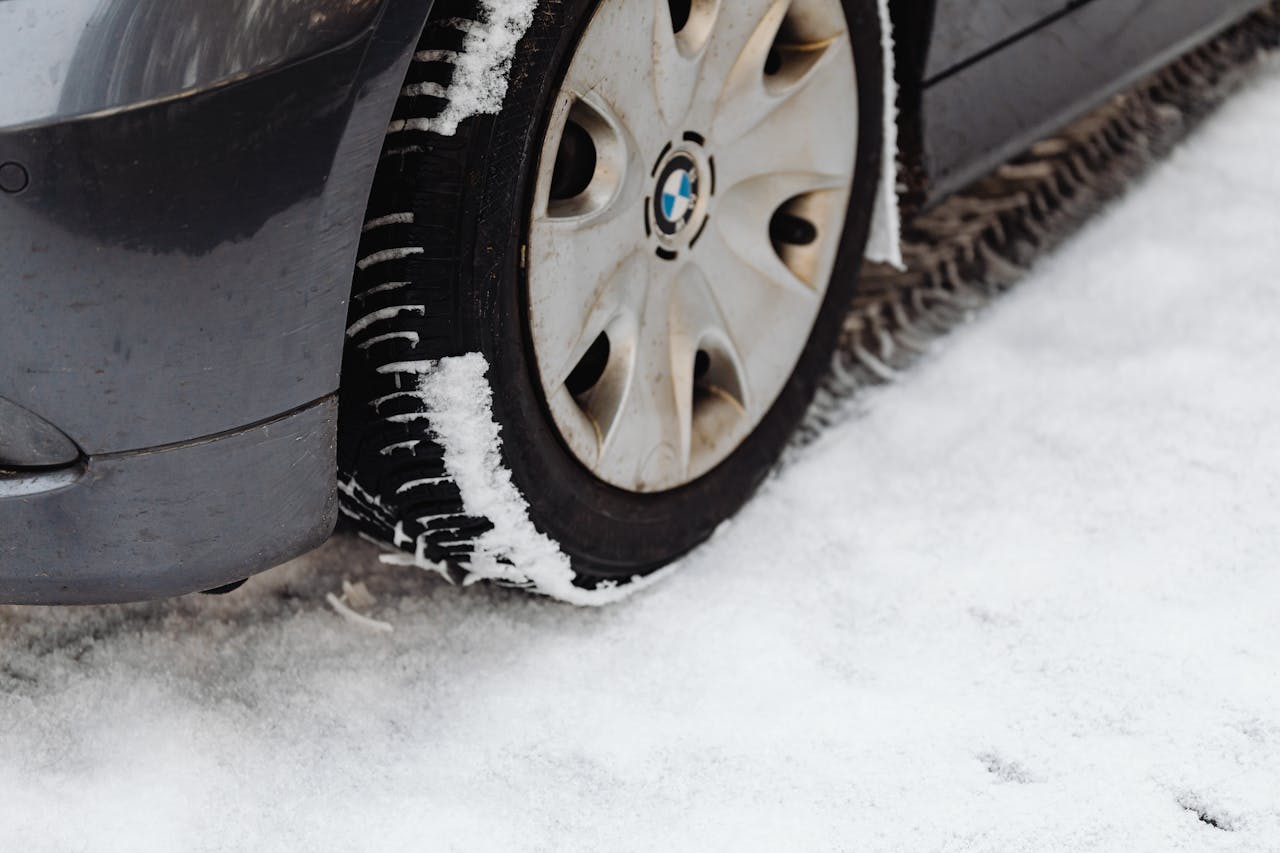
Metal studs save lives on ice and then chew asphalt when spring returns. States answer with calendars that allow studs in winter windows and ban them after thaw. Cross a border late or miss a swap by a week and a perfect car becomes a moving violation. The oddity is the blunt calendar against weather that ignores schedules. Warm snap, cold snap, citation anyway. Pavement wins the argument, and the fine underlines it.
Clear The Roof: Snow And Ice
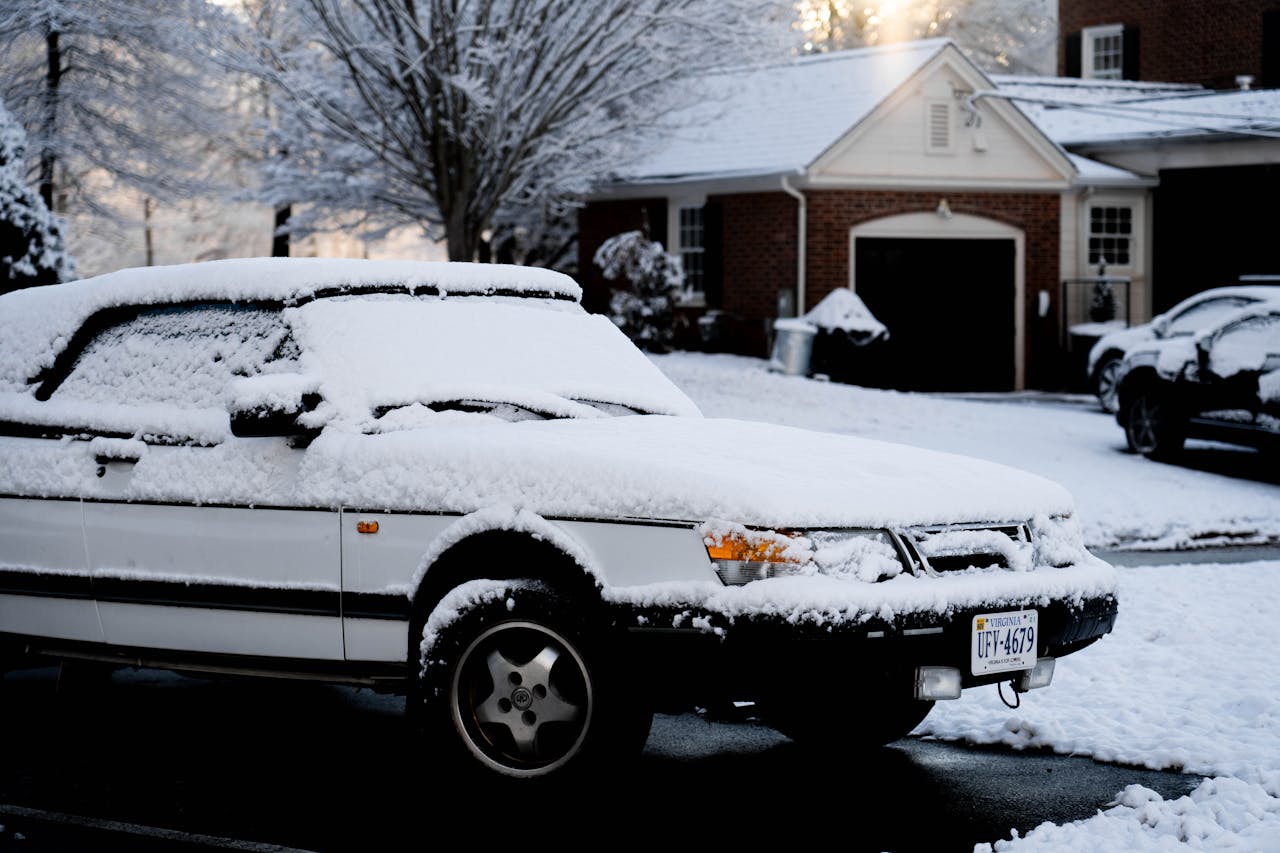
Brushing windows does not finish the job. Roof slabs can launch at highway speed, shatter glass behind, and turn a lane into chaos. Several states require drivers to clear snow and ice fully or face penalties, even if nothing breaks. It looks fussy at 7 a.m. with a cold scraper, yet plumes on the interstate explain the rule in one frightening second. The safest car is the one that does not shed winter on the next one.
Open Container Covers Any Passenger Area
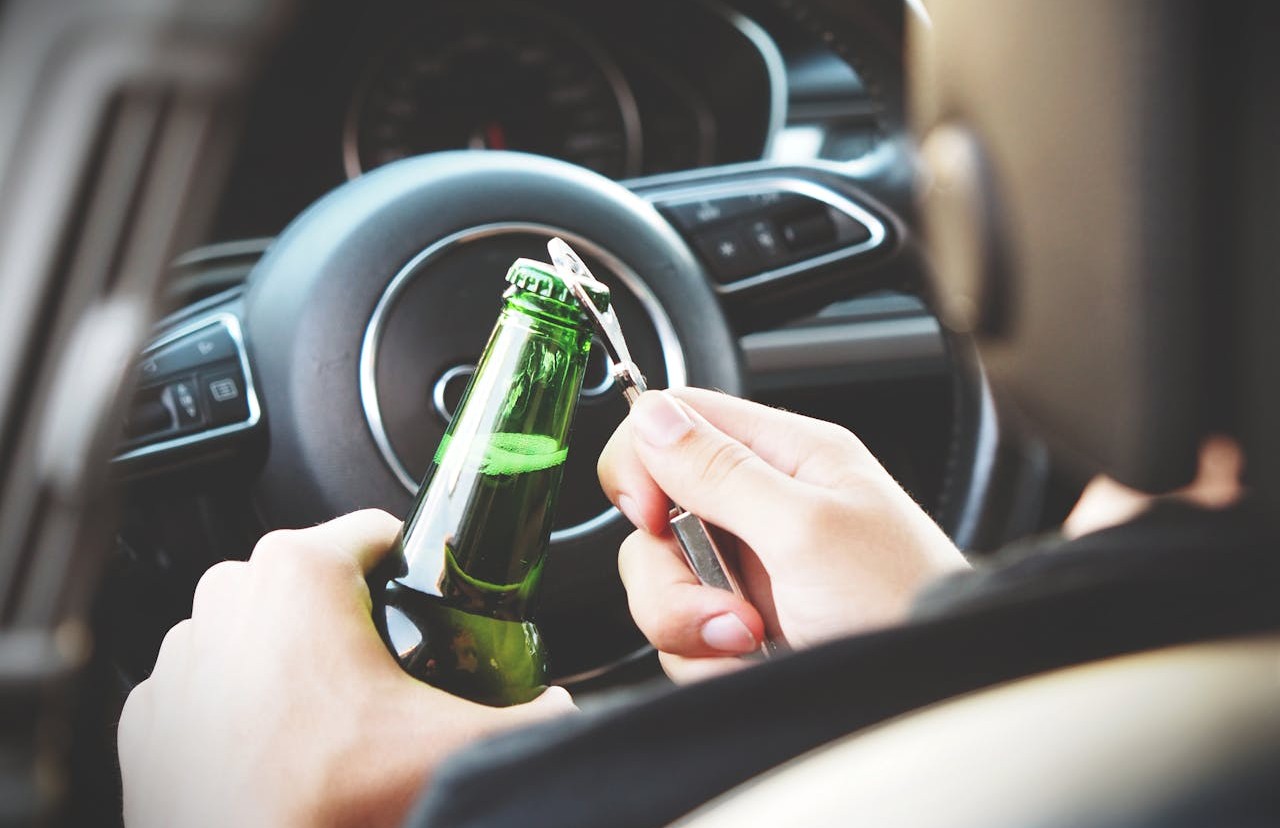
No sipping in the front seat makes sense. The twist is how far the rule stretches. An open container can trigger a citation anywhere accessible to the driver, including the back seat or a loose grocery bag. Trunks and sealed cargo areas stay safe. Ride hail and limos get narrow exceptions, but tailgates and weddings still breed mistakes. A bottle may be capped, yet if it reads open by statute, the stop writes itself.
License Plate Frames That Trim Words
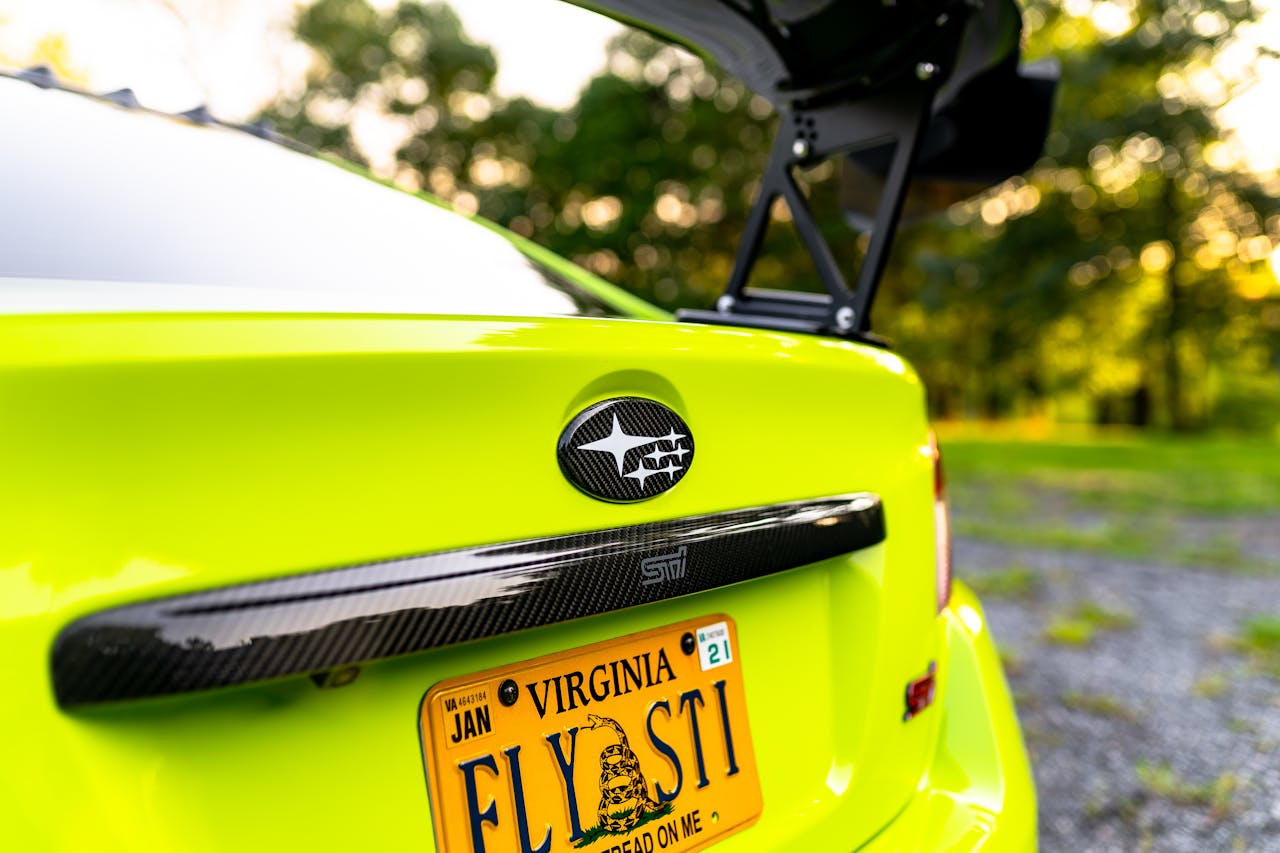
A tidy frame that trims the state name or a slogan can count as obscuring a plate. Cameras need clean reads, and so do patrols. The ticket feels pedantic until a toll bill goes missing or a red light photo cannot tie back to a car. Dealer frames and team plates create accidental violations. A quarter inch of plastic turns into a traffic stop no one saw coming, except the codebook.
Underglow And Flashing Lights
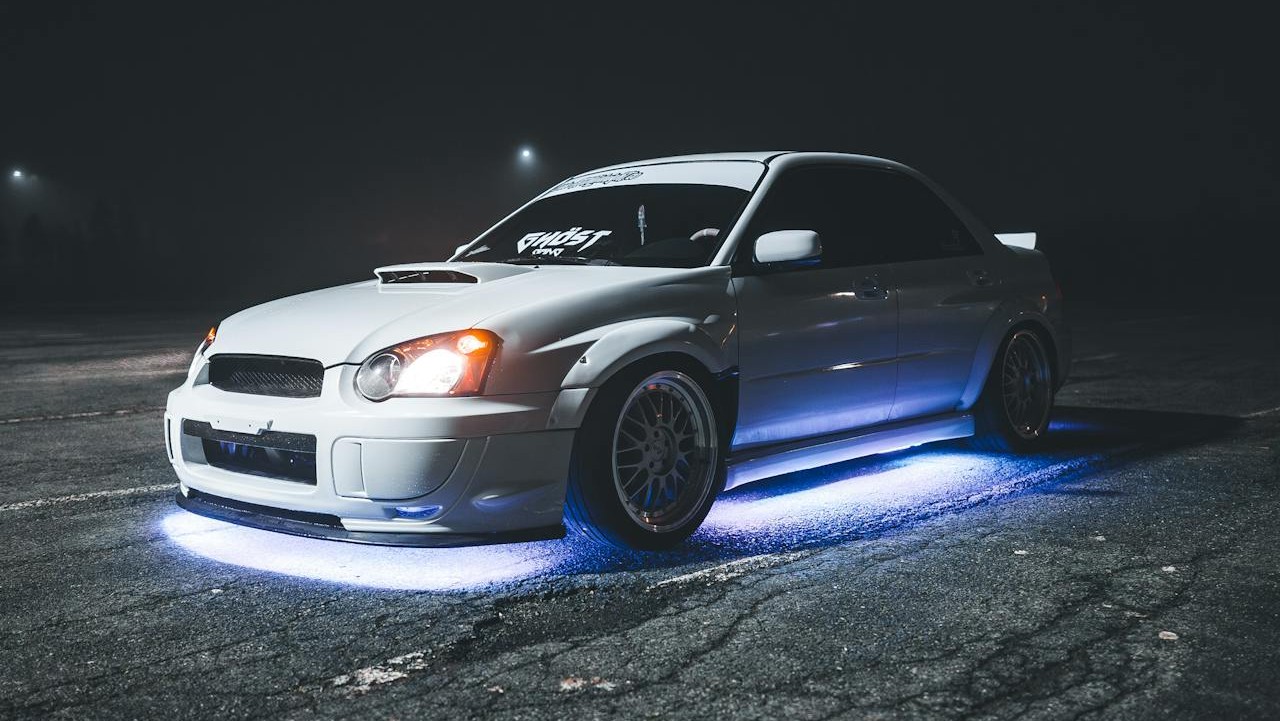
Neon tubes and LED strips look harmless at cars and coffee, then cross a line on public roads. Colors that mimic emergency vehicles, forward red or blue, and any flashing pattern while moving are frequent triggers. Stationary display at events is usually fine; cruising is not. The rule reads picky until a real siren needs instant clarity. Style meets statute, and the statute usually wins with a fast pen.
No Unattended Idling Or Keys In The Ignition
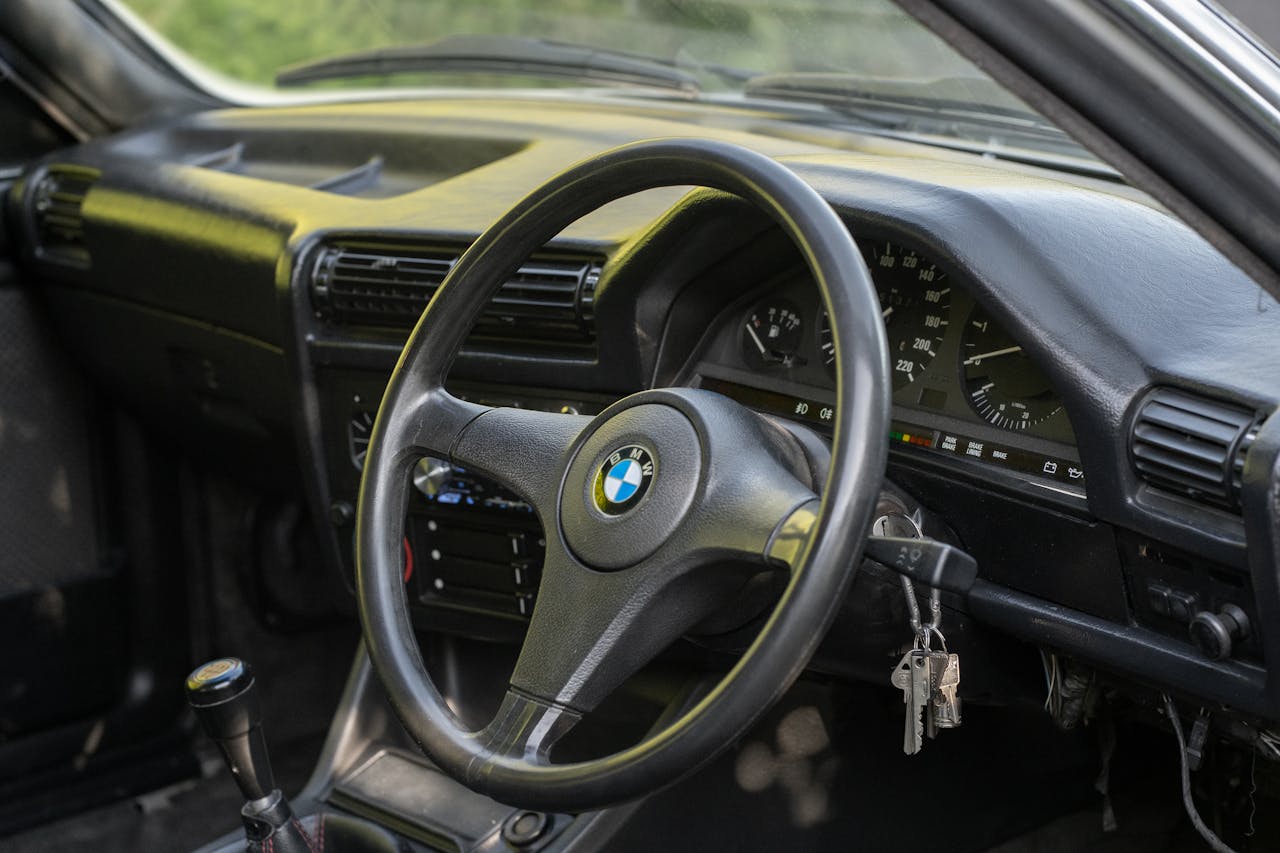
Warming a car while grabbing coffee can end with a citation for leaving a vehicle running and unsecured. Anti theft rules ban keys in empty ignitions, and anti idling laws aim at emissions and theft risk together. Remote start with auto lock often dodges the issue, but older cars do not. The surprise is the timing. Two minutes becomes too long, and a fine makes the lesson stick harder than the frost did.
Move Over Applies To More Than Police
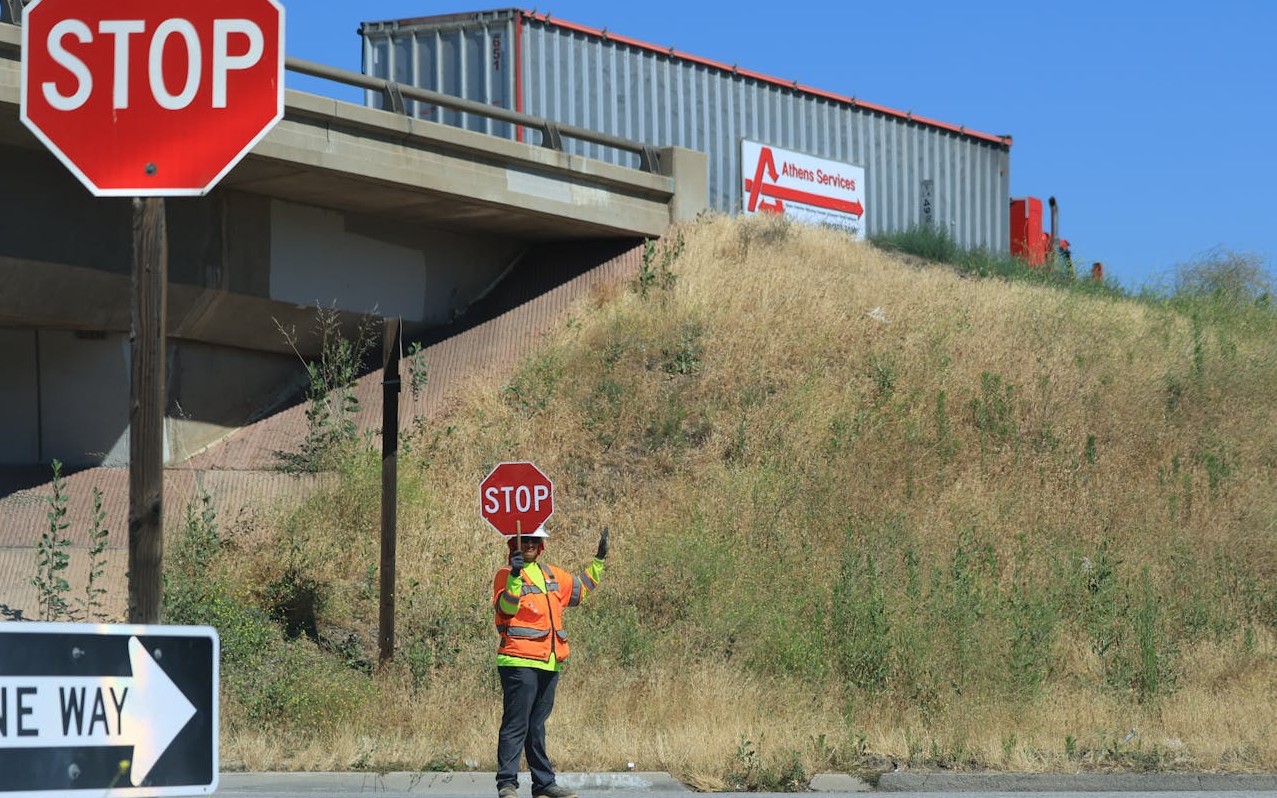
Most drivers yield for cruisers and ambulances. The twist is how broadly move over applies. Tow trucks, highway crews, garbage fleets, and sometimes disabled cars with hazards all deserve a lane change or a clear speed drop when a shift is not possible. Violations spike on narrow shoulders where workers stand a few feet from traffic. The rule saves lives quietly and writes tickets loudly when a blind rush ignores it.

